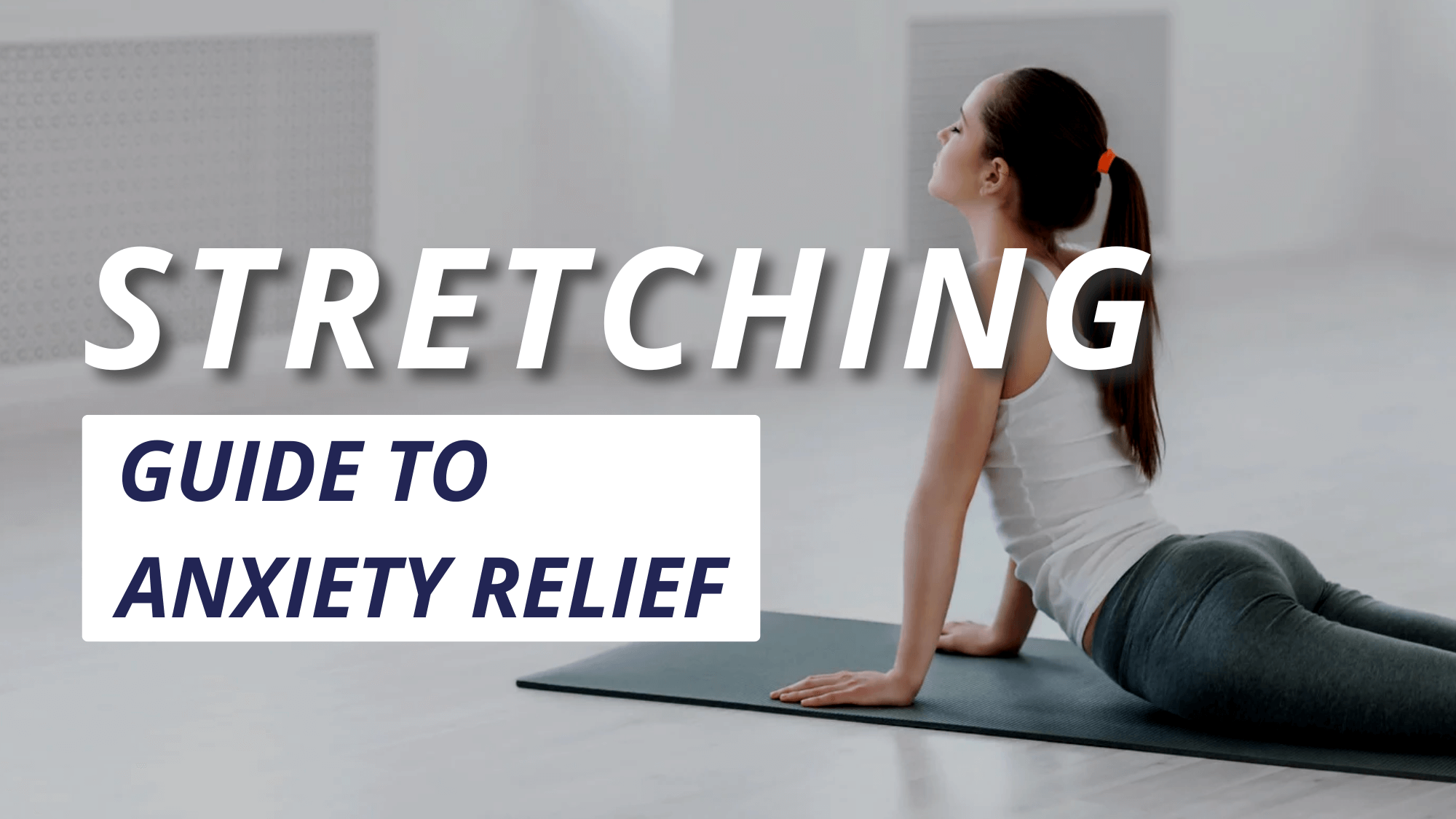Morning Stretching Benefits: The Ultimate Guide to Anxiety Relief
Ever noticed how your cat or dog stretches right after waking up? They’re onto something we humans often forget. While we’re rushing to grab our phones and check emails first thing in the morning, we might be missing out on one of nature’s best anxiety-busters: morning stretching.
The Morning Anxiety Struggle Is Real
Let’s be honest – many of us wake up with our minds already racing. That pit in your stomach, the subtle tension in your shoulders, and the mental to-do list that seems to grow by the second. Sound familiar? You’re not alone. According to recent studies, morning anxiety affects millions of people worldwide, and the numbers have been climbing since the pandemic.
The Science Behind Morning Stretching
Before you dismiss this as just another wellness trend, let’s dive into what actually happens in your body when you stretch in the morning.
The Cortisol Connection
Your body’s stress hormone, cortisol, naturally peaks in the morning. While this is normal, for those prone to anxiety, this spike can feel overwhelming. Morning stretching helps regulate cortisol levels by:
- Activating your parasympathetic nervous system
- Releasing tension built up during sleep
- Promoting deep, controlled breathing
Physical Benefits That Combat Anxiety
When you stretch, several things happen simultaneously:
- Muscle Tension Release: Those tight muscles, especially in your neck and shoulders (hello, anxiety holders!), begin to loosen up.
- Better Blood Flow: Improved circulation means more oxygen to your brain, helping you think clearer and feel more grounded.
- Endorphin Release: Just like exercise, stretching triggers the release of feel-good hormones.
Creating Your Morning Anti-Anxiety Stretch Routine
Let’s get practical. Here’s a simple 10-minute routine that anyone can do – yes, even if you’re not a yoga expert!
1. The Wake-Up Roll
- Stay in bed for this one
- Slowly roll your spine, vertebra by vertebra
- Take deep breaths as you move
- Time: 1 minute
2. Child’s Pose Variation
- Kneel on your mattress or floor
- Extend arms forward
- Focus on back expansion
- Time: 2 minutes
3. Standing Forward Bend
- Let your head hang heavy
- Slight bend in knees
- Feel the spine lengthen
- Time: 1 minute
4. Gentle Twists
- Seated or standing
- Move slowly
- Follow your breath
- Time: 2 minutes
5. Neck and Shoulder Releases
- Gentle head rolls
- Shoulder circles
- Upper back stretches
- Time: 2 minutes
6. Final Breathing Exercise
- Seated comfortably
- Deep belly breaths
- Mental check-in
- Time: 2 minutes
Making It Work in Real Life
Look, I get it. Not everyone has time for an elaborate morning routine. The good news? Even 5 minutes of stretching can make a difference. Here are some real-world tips:
For the Busy Parent
- Stretch while waiting for your coffee to brew
- Include your kids (they might actually love it!)
- Focus on quality over quantity
For the Office Worker
- Set your alarm 10 minutes earlier
- Keep a yoga mat by your bed
- Combine stretching with your morning podcast
For the Night Owl
- Start with just one or two stretches
- Build gradually
- Be gentle with yourself
The Long-Term Benefits
Stick with morning stretching for at least 21 days, and you might notice:
- Decreased overall anxiety levels
- Better stress management throughout the day
- Improved posture (which affects mood!)
- More energy and mental clarity
- Enhanced body awareness
Common Mistakes to Avoid
- Rushing Through It
- Take your time. This isn’t a race.
- Pushing Too Hard
- Gentle stretching is more effective than forcing extreme moves.
- Irregular Practice
- Consistency matters more than duration.
- Forgetting to Breathe
- Your breath is as important as the movement.
Beyond the Physical: The Mind-Body Connection
What makes morning stretching particularly effective against anxiety is its mind-body approach. While you’re physically stretching, you’re also:
- Practicing mindfulness
- Setting intentions for the day
- Creating a moment of peace
- Listening to your body
Real People, Real Results
Sarah, a 34-year-old marketing executive, shares: “I was skeptical at first, but after three weeks of morning stretching, I noticed I was handling work stress better. My morning anxiety hasn’t disappeared completely, but it’s much more manageable.”
Expert Insights
Dr. Jennifer Chen, a physical therapist specializing in stress management, explains: “Morning stretching works because it addresses both physical and mental aspects of anxiety. It’s like pressing a reset button on your stress response system.”
Making It Sustainable
The key to making this work is finding your own rhythm. Maybe you’ll stretch for:
- 5 minutes on busy days
- 15 minutes on weekends
- Different durations based on your anxiety levels
The Bigger Picture
Remember, morning stretching isn’t a magic cure for anxiety, but it’s a powerful tool in your wellness toolkit. Combined with other healthy habits like:
- Regular exercise
- Good sleep hygiene
- Balanced nutrition
- Stress management techniques
It can make a significant difference in how you handle daily anxiety.
Frequently Asked Questions (FAQs)
Q: How long should I stretch in the morning?
A: Start with 5-10 minutes and adjust based on your schedule and needs. Quality matters more than quantity.
Q: Can I stretch in bed?
A: Absolutely! Some stretches are perfect for doing while still in bed, though eventually moving to a firmer surface can be more effective.
Q: What if I feel pain while stretching?
A: Stop immediately if you feel pain. Stretching should feel good. If pain persists, consult a healthcare professional.
Q: Is it normal to feel emotional during stretching?
A: Yes! The mind-body connection is real, and releasing physical tension can also release emotional tension.
Q: Can I do this if I’m not flexible?
A: Definitely! This isn’t about being flexible – it’s about moving your body gently and mindfully.
Q: Should I stretch on an empty stomach?
A: Morning stretching is generally safe on an empty stomach. Listen to your body and do what feels comfortable.
The Bottom Line
Morning stretching isn’t just about touching your toes or getting more flexible. It’s about creating a moment of peace in your day, connecting with your body, and giving yourself a fighting chance against anxiety. Start small, be consistent, and most importantly, be kind to yourself in the process.
Remember, every morning is a new opportunity to stretch, breathe, and set yourself up for a calmer, more centered day. Your future self will thank you for starting today.




